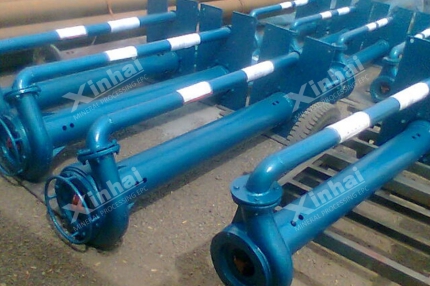Antimony has a wide range of applications, including in flame retardants,
alloys, electronic components, and pharmaceuticals. Over the past two years, due
to policy-driven supply constraints, the antimony market has experienced a
significant shortage, resulting in sustained high prices. In particular, the
growing use of antimony in emerging energy sectors—such as the photovoltaic
industry and energy storage batteries—has fueled a sharp increase in demand.
So, what are the key processes involved in the mining, processing, and
smelting of antimony? This article provides a detailed overview.
Use the table of contents below to navigate through the guide:
01Antimony mining
There are various types of antimony ore, among which antimony sulfide ore is
the most common, with stibnite (Sb₂S₃) as the primary mineral. Another important
type is antimony oxide ore, whose main minerals include senarmontite (Sb₂O₃) and
valentinite (SbOOH). In addition, there are mixed antimony ores, native
antimony, and other less common types.
The main stages of antimony mining include: exploration and evaluation →
development → extraction → haulage → ventilation and safety management → mine
closure and land reclamation. Depending on the depth and morphology of the
orebody, two mining methods are commonly employed: open-pit mining and
underground mining.
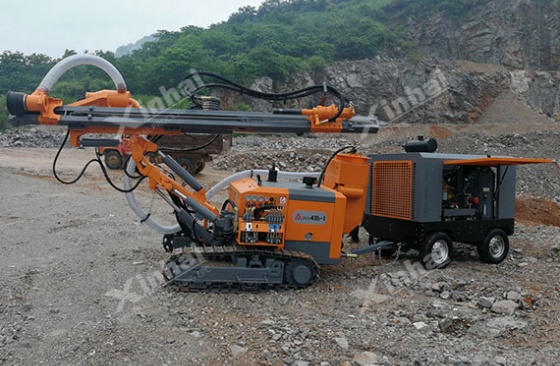
1. Open-pit Mining
Applicable conditions: Suitable for shallow ore bodies,
large-scale deposits, and stable surrounding rock.
Advantages and disadvantages: The advantages of open-pit
mining are lower operating costs and higher productivity; the disadvantage is
its greater environmental impact.
Mining process:
Overburden removal (stripping): Use excavators, bulldozers,
and loaders to remove the overburden (topsoil and waste rock) covering the
orebody.
Drilling and blasting: Drill blast holes using down-the-hole
(DTH) drills or rotary drills, then use explosives to fragment the ore.
Loading and haulage: Load the blasted ore with wheel loaders
or hydraulic shovels into haul trucks, and transport it to the beneficiation
plant or stockpile.
During open-pit mining, environmental protection measures must be
implemented, such as slope stabilization to prevent landslides and collapses.
After resource depletion, the mined-out area should undergo land reclamation and
ecological restoration.
2. Underground Mining
Applicable conditions: Suitable when the orebody is buried
deep, the ore deposit is small to medium in scale, or the surrounding rock is
unstable.
Advantages and disadvantages: The main advantage of
underground mining is its reduced impact on the surface environment, while the
major disadvantage is the higher mining cost compared to open-pit mining.
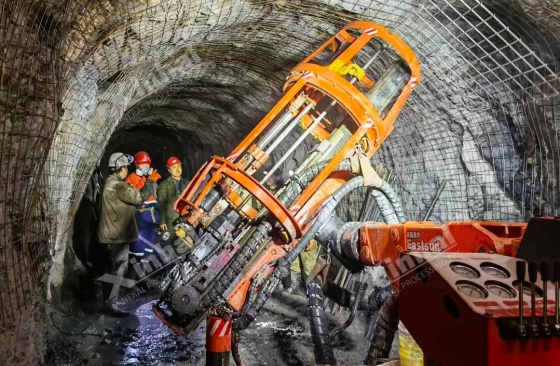
Mining process:
Mine development: Construct access and infrastructure
tunnels around the orebody to establish a mining system. This includes main
haulage levels, ramps (inclined shafts), vertical shafts, and crosscuts.
Ore preparation: Advance drifts or stopes within the orebody
to prepare for extraction.
Ore extraction: Drill blast holes using rock drills, then
apply explosives to fragment the ore. The broken ore is loaded using LHD
(Load-Haul-Dump) machines or mine carts and transported to the surface.
Ventilation and drainage: Adequate ventilation ensures air quality and worker
safety, while effective dewatering systems are essential to remove groundwater
and prevent flooding.
02Antimony Processing
After mining, antimony ore must be processed to separate the valuable
minerals from the gangue. First, 50–200 kg of representative ore samples are
taken for mineral processing tests, which serve as the basis for designing an
appropriate beneficiation flowsheet. Common beneficiation methods include
gravity separation, flotation, or a combination of both, aiming to improve the
grade and recovery rate of antimony.
The antimony ore beneficiation process typically includes the following
stages:
1. Crushing and Screening
The mined ore is first fed into a jaw crusher for primary crushing. The
crushed material is screened using a vibrating screen. Oversized material is
returned to the jaw crusher for re-crushing, while qualified material proceeds
to secondary and tertiary crushing. The final particle size after crushing is
typically reduced to around 2 mm.
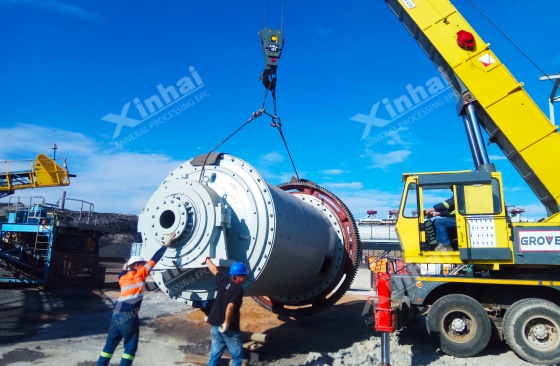
2. Grinding and Classification
The crushed ore is conveyed to a ball mill for grinding to achieve the
dissociation of antimony minerals from gangue. A two-stage or three-stage
grinding process is often adopted. In the first stage, a grid-type ball mill is
used for coarse grinding, and the discharge is classified by a spiral
classifier. The overflow (qualified product) enters an overflow-type ball mill
for fine grinding, while the underflow (unqualified product) is returned to the
grate mill. After grinding, the particle size of antimony ore typically reaches
–0.074 mm with a proportion of 60%–80%.
3. Separation (Beneficiation)
Based on the mineral processing test results, gravity separation, flotation,
or a gravity-flotation combined process can be employed. Equipment commonly used
in this stage includes shaking tables, jigs, spiral chutes, slurry agitator
tanks, and flotation cells. The goal is to achieve effective separation of
antimony from other minerals, yielding antimony concentrate and tailings.
4. Filtration and Dewatering
The antimony concentrate is further dewatered using a thickener, filter
press, and other dewatering equipment. The tailings are treated with
hydrocyclones, dewatering screens, and other units to achieve dry stacking,
which helps save land and reduces the risk of dam failure associated with
conventional tailings ponds.
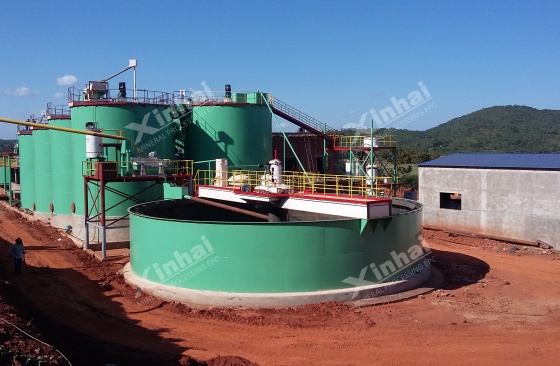
03Antimony Smelting
After mining and beneficiation, antimony concentrate is obtained, which is
further processed through smelting to extract metallic antimony. The main
extraction process includes the following steps:
Volatilization roasting (850–1000 °C): Antimony trisulfide
(Sb₂S₃) is oxidized to form gaseous antimony trioxide (Sb₂O₃), which then
condenses into fine white fume.
Reduction smelting (1200–1300 °C): Coke is added to reduce
Sb₂O₃ to crude antimony with a purity of approximately 90–98%.
Refining:
Alkaline refining: Sodium carbonate (Na₂CO₃) is added to
molten crude antimony to remove arsenic and sulfur.
Electrolytic refining: A fluoride-based electrolyte
(SbF₃–HF) is used to purify the metal to ≥99.9% Sb.
Casting: Refined liquid antimony is poured into molds and
cooled to form antimony ingots.
In addition, the hydrometallurgical method (alkaline leaching–electrowinning)
can be used to process complex ores, although the cost is relatively high.

Conclusion
This article has introduced the full process of antimony mining, processing,
and smelting. Xinhai offers EPC+M+O services for antimony ore projects, providing
customers with comprehensive mining solutions including exploration, mineral
processing tests, equipment manufacturing and installation, and plant
operation.
Over the past 30 years, Xinhai Mining has undertaken thousands of mineral
processing projects in more than 100 countries and regions around the world. If
you have antimony ore that needs to be mined or processed, please feel free to
contact us.


 marketing@ytxinhai.com
marketing@ytxinhai.com  0086 13810327080
0086 13810327080 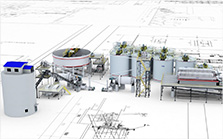
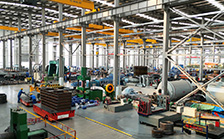
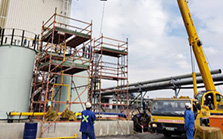

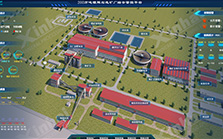
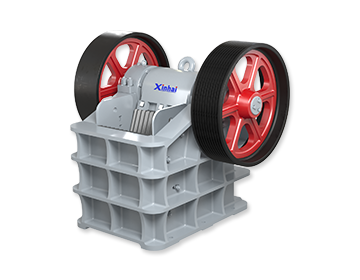
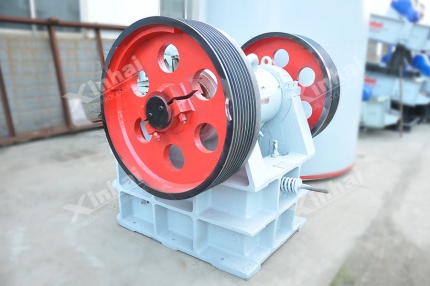

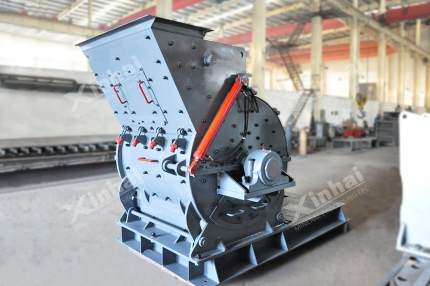
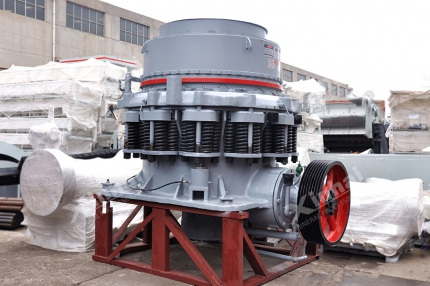
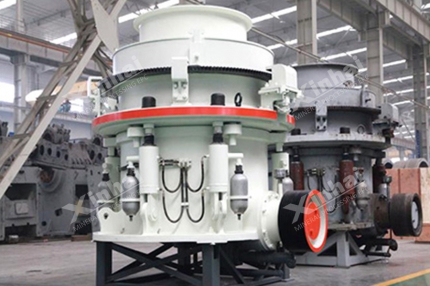
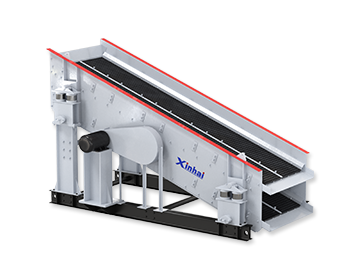
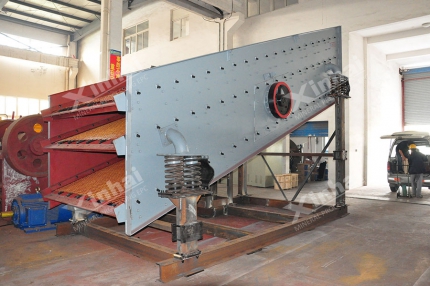
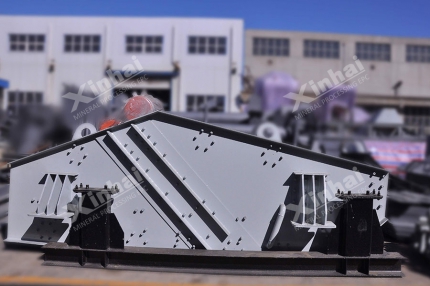
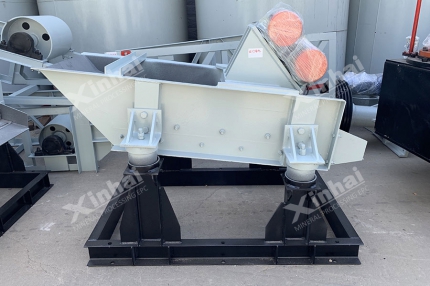
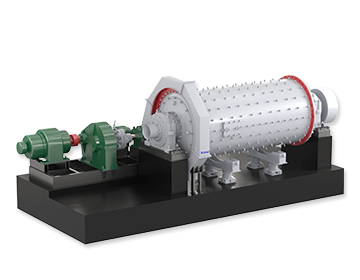
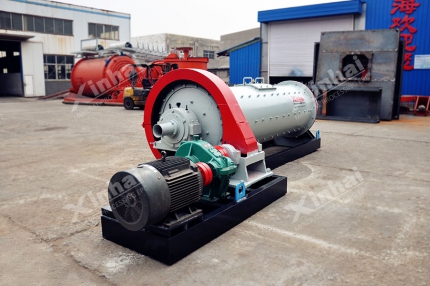
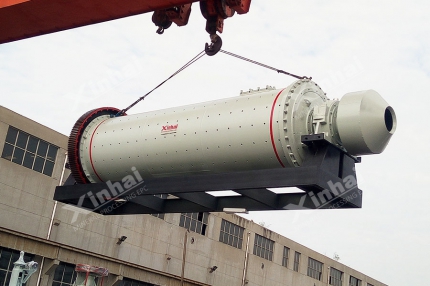
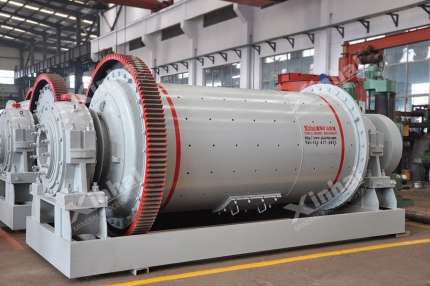
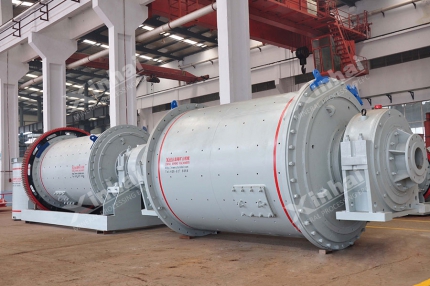
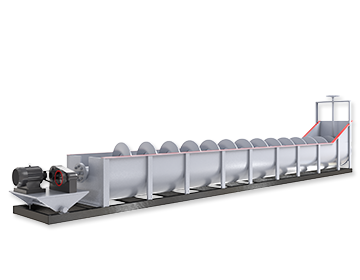
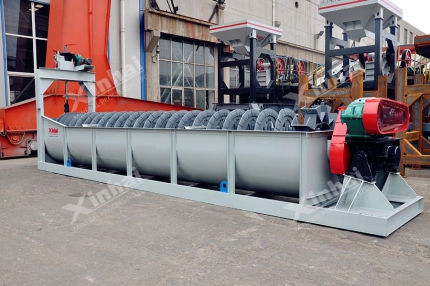
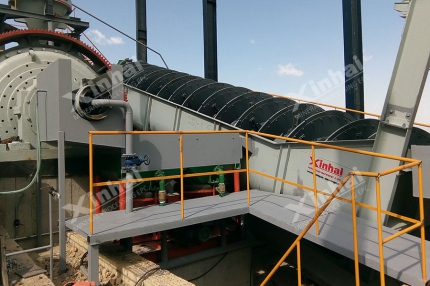
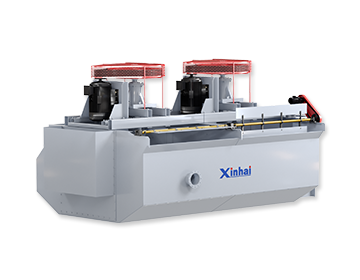
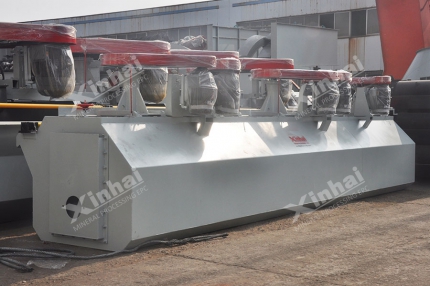
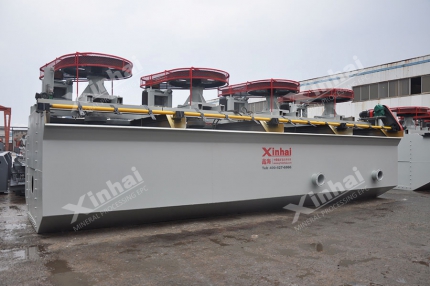
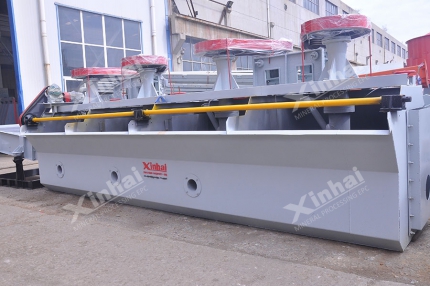
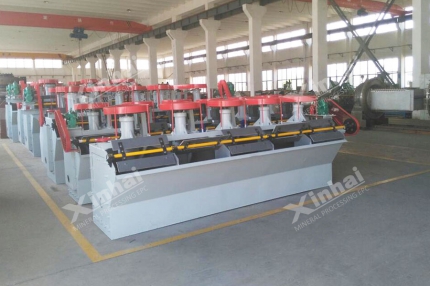
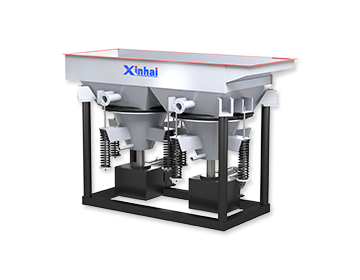
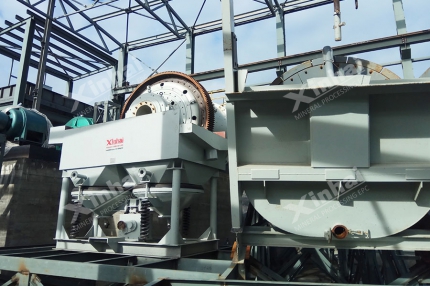
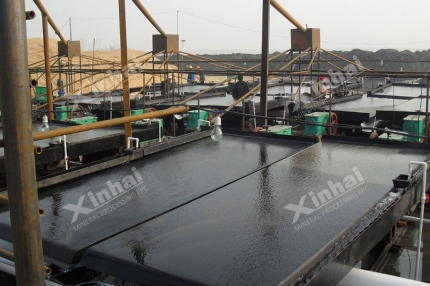
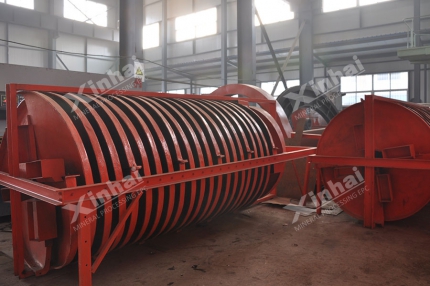
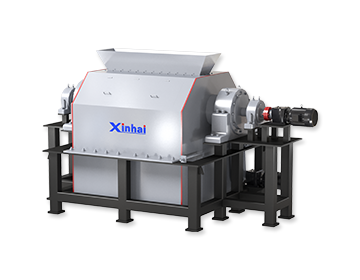
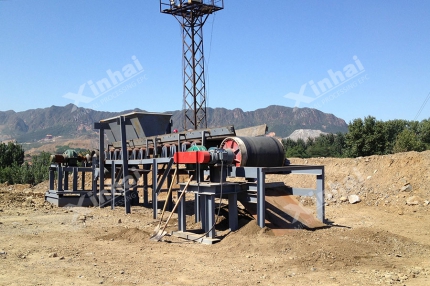
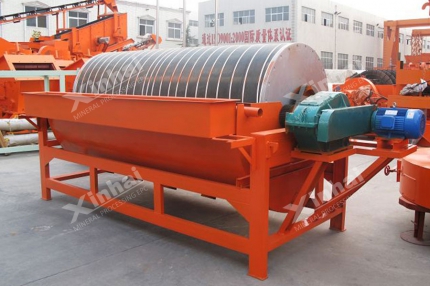
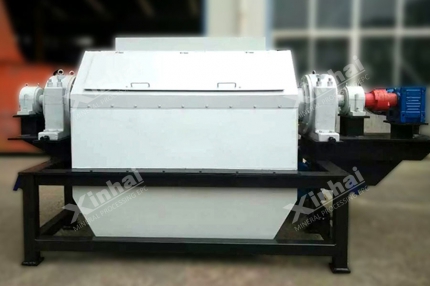
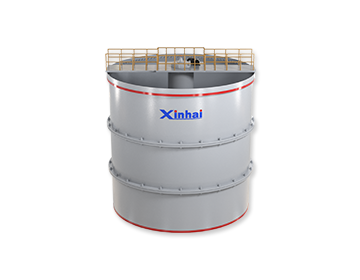
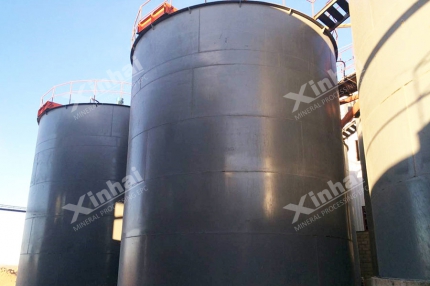
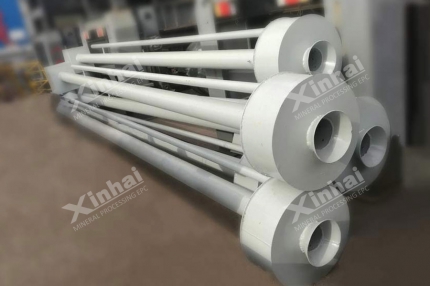
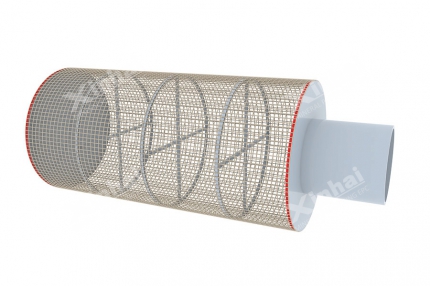
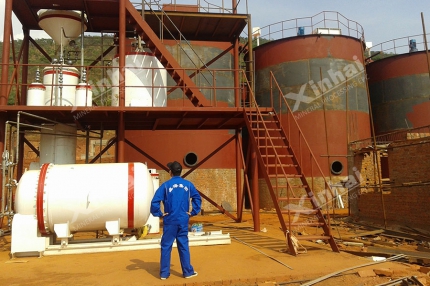
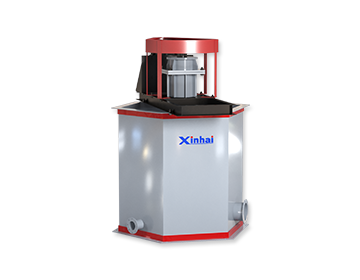
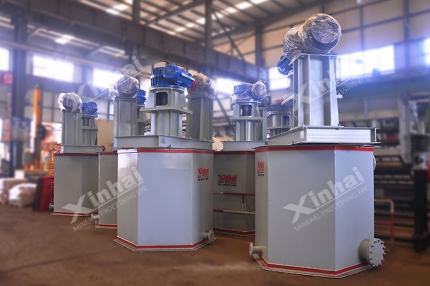
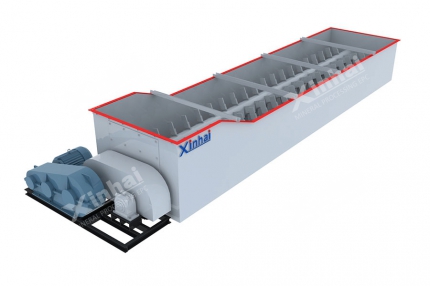
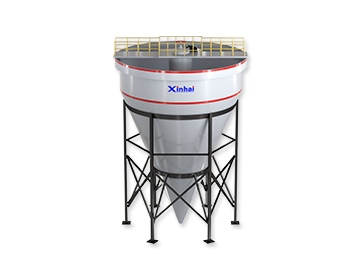
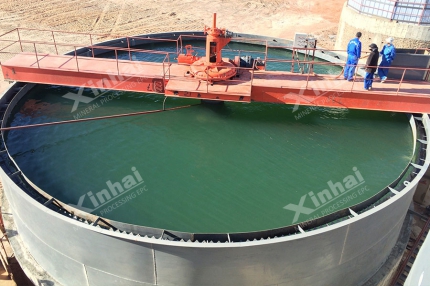
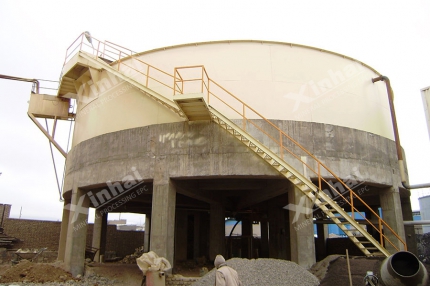
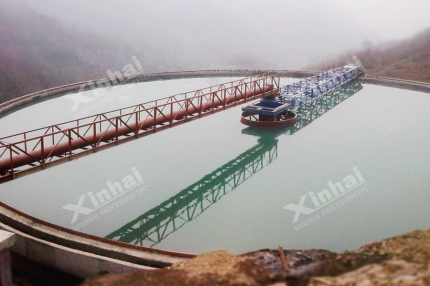
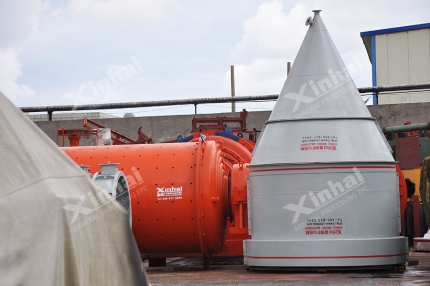
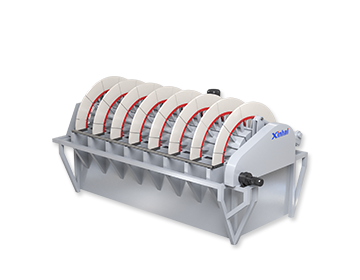
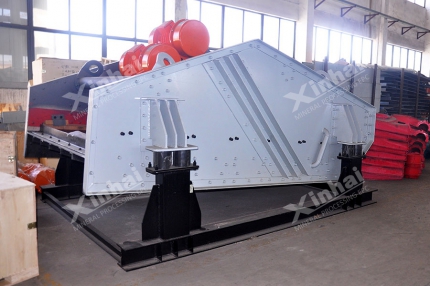
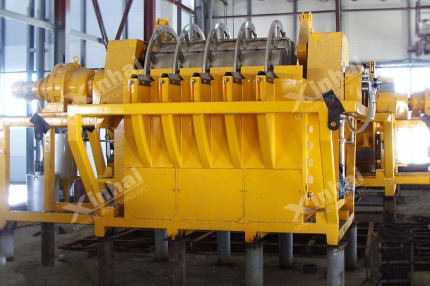
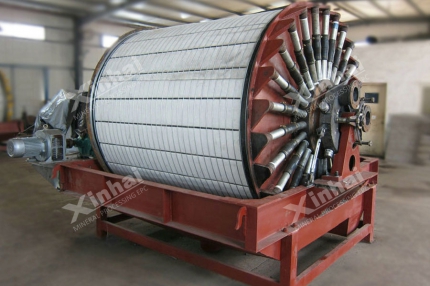
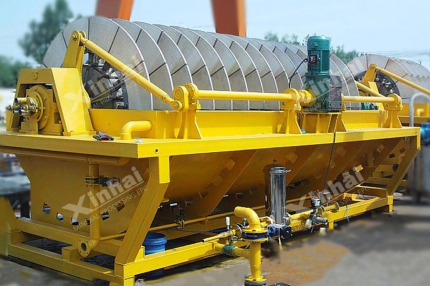
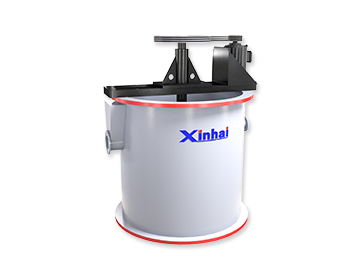
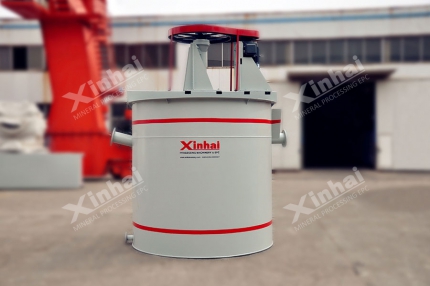
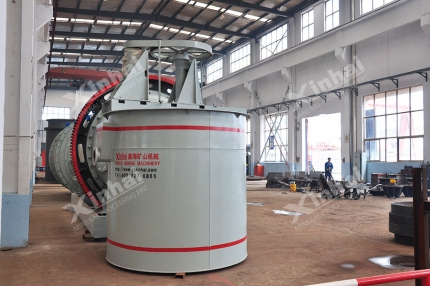
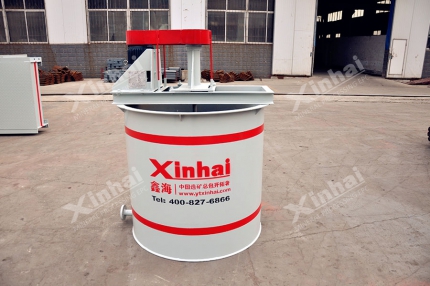
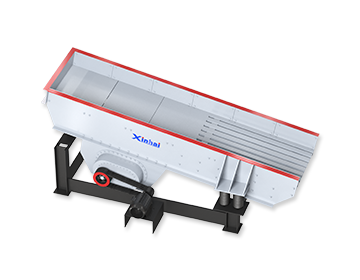
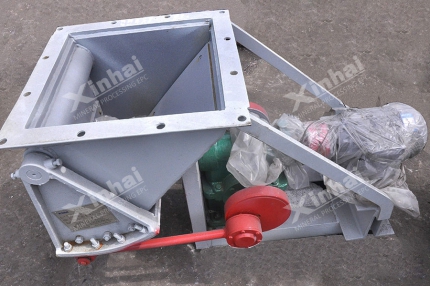
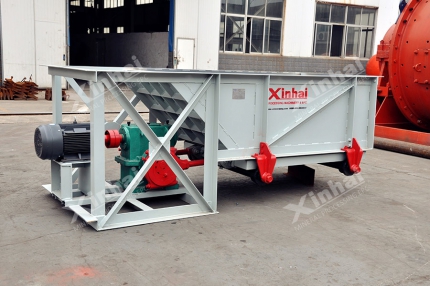
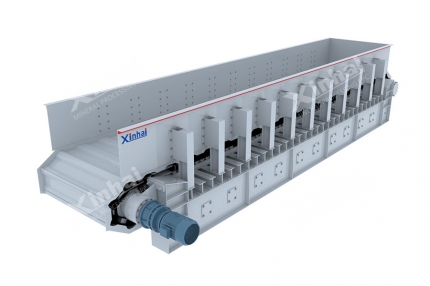
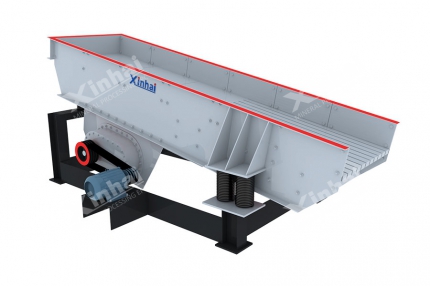
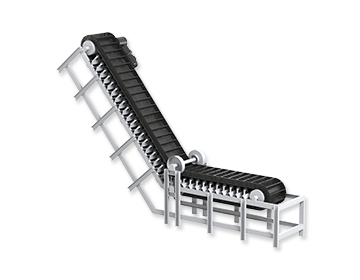
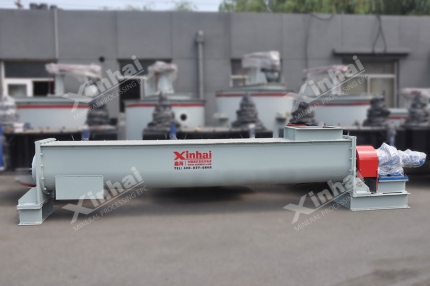
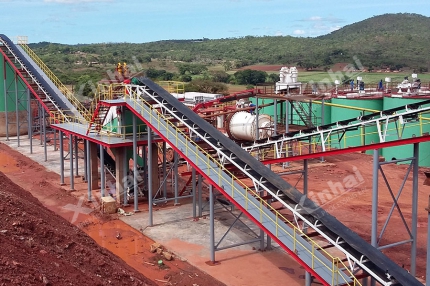
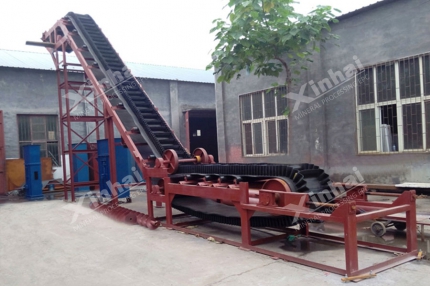
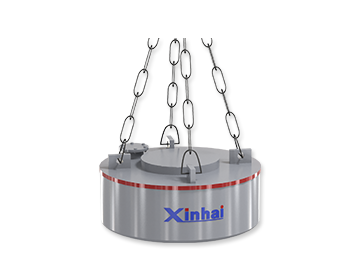
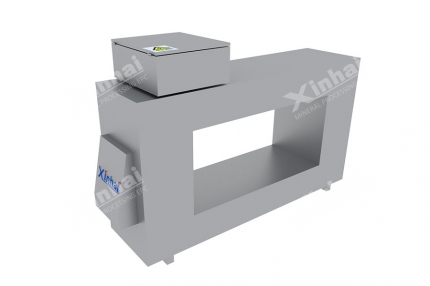
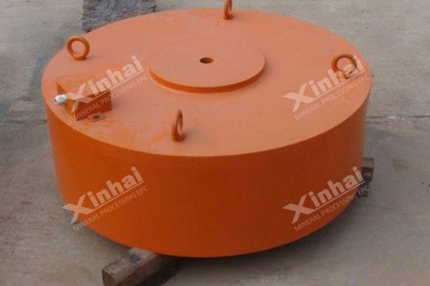
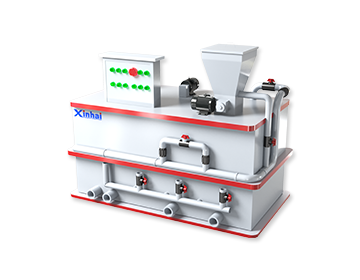
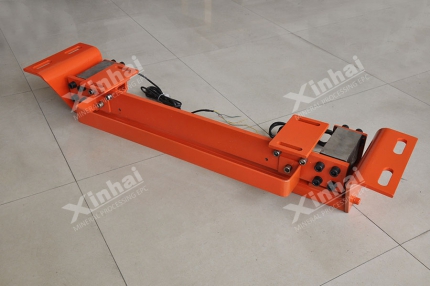
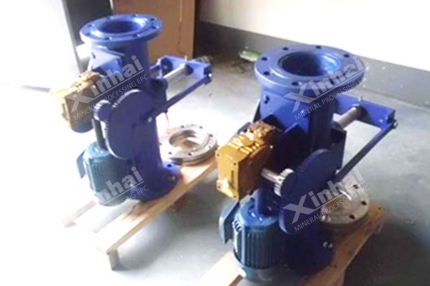
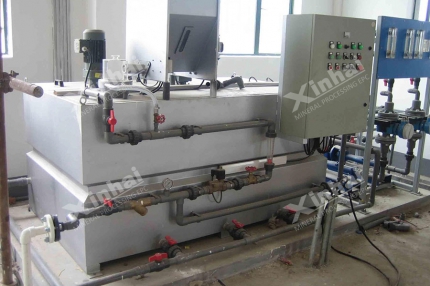
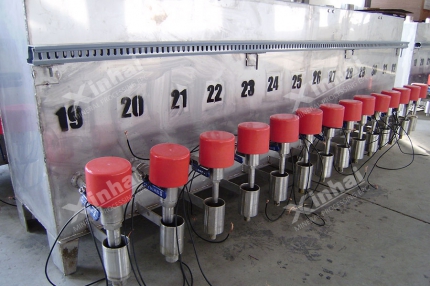
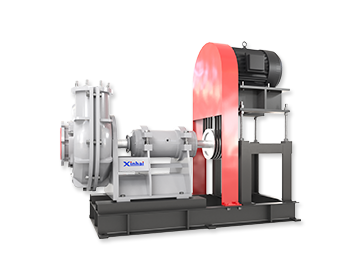
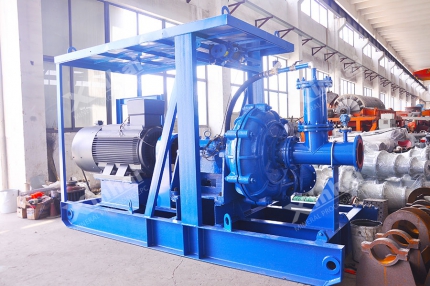
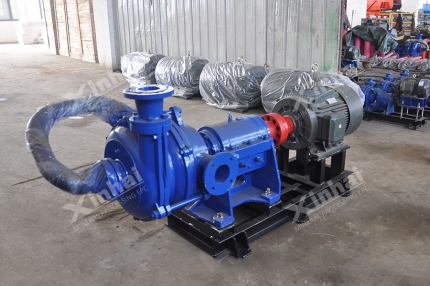
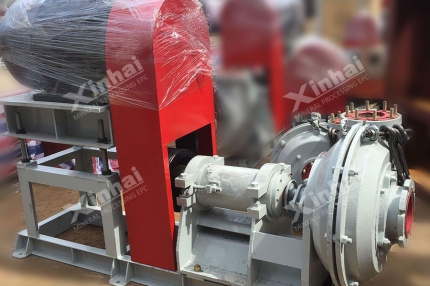
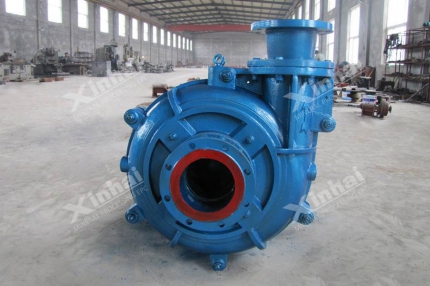
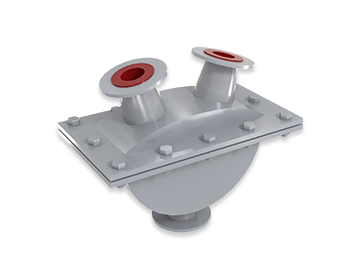
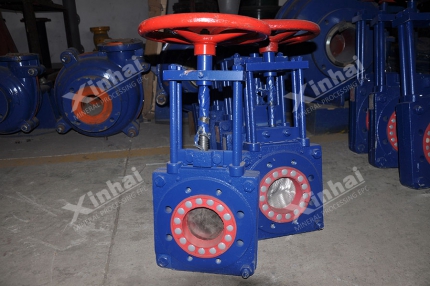
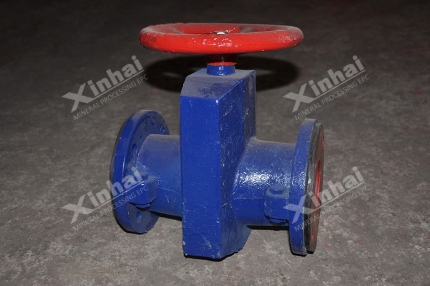
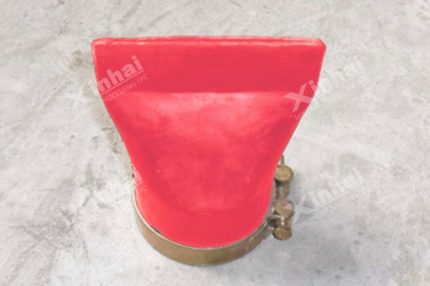
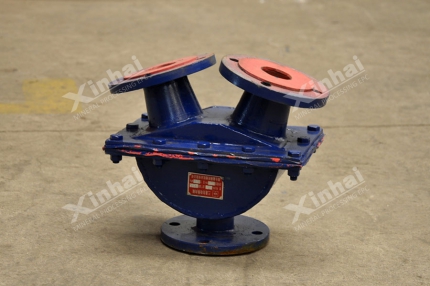
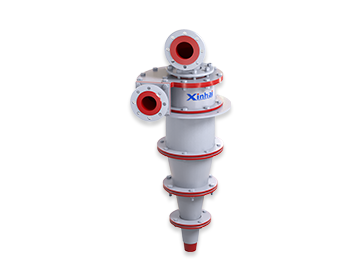
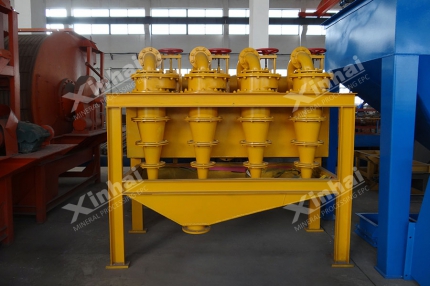
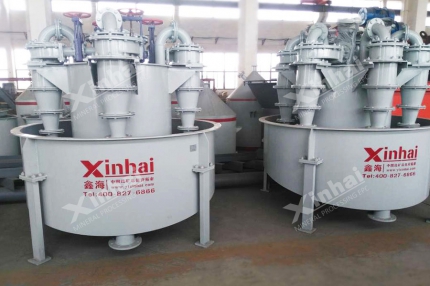
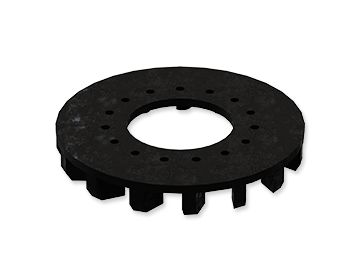
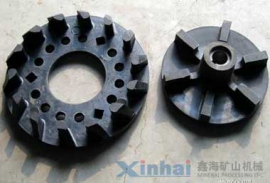
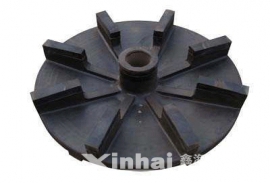
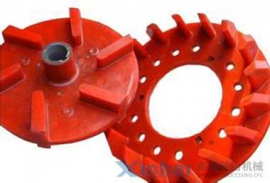
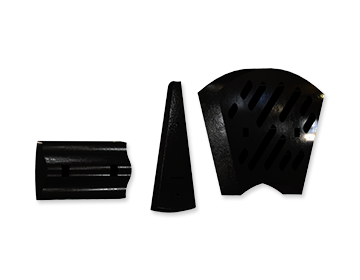
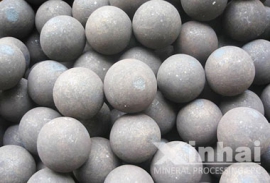
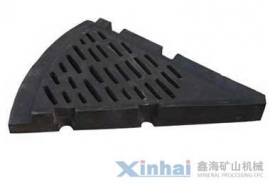
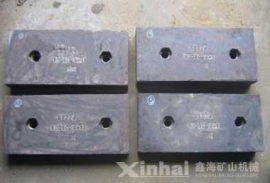
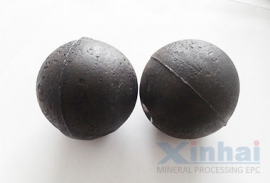
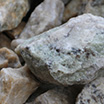
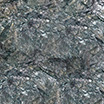
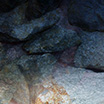
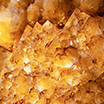


 CHAT
CHAT MESSAGE
MESSAGE




.jpg)
